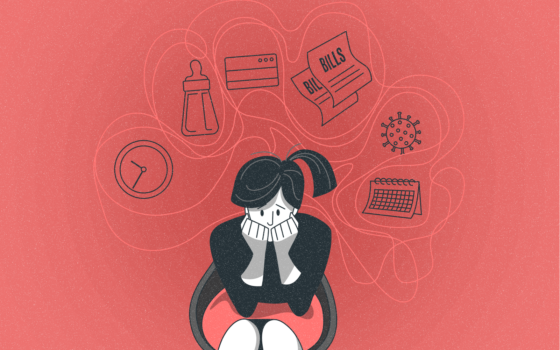Overworking and Burnout

Most people would like to think that they can work all the time and never get overworked or burned out, but is it really? Working too much can lead to overwork, exhaustion, and even burnout. Many people don’t understand how overworked they may be until it is too late.
The “too late” involves fatigue, exhaustion, and some other serious health problems. Since this sounds important, how do you know if you’re overworked? And more importantly, what can you do about it? Keep reading to find out!

Even though work conditions have changed over time, being overworked is still a thing. This may come from over-committing to tasks, overworking yourself to reach your personal goals, and working too many hours over a sustained period of time.
Overworking is working for over 40 hours per week on a regular basis over a long period of time

A recently published study by the World Health Organization (WHO) has uncovered a frightening statistic: overworking killed more than 745,000 people in 2016. This research shows that burnout and overworking can be just as dangerous to one’s health as smoking or drinking alcohol, with overworked people more likely to experience anxiety, depression, heart problems, and more. The findings are particularly alarming considering the fact that overwork is becoming increasingly common in today’s society.
One of the effects of overworking (55 hours or more) is the rise of the risk of stroke by 35%
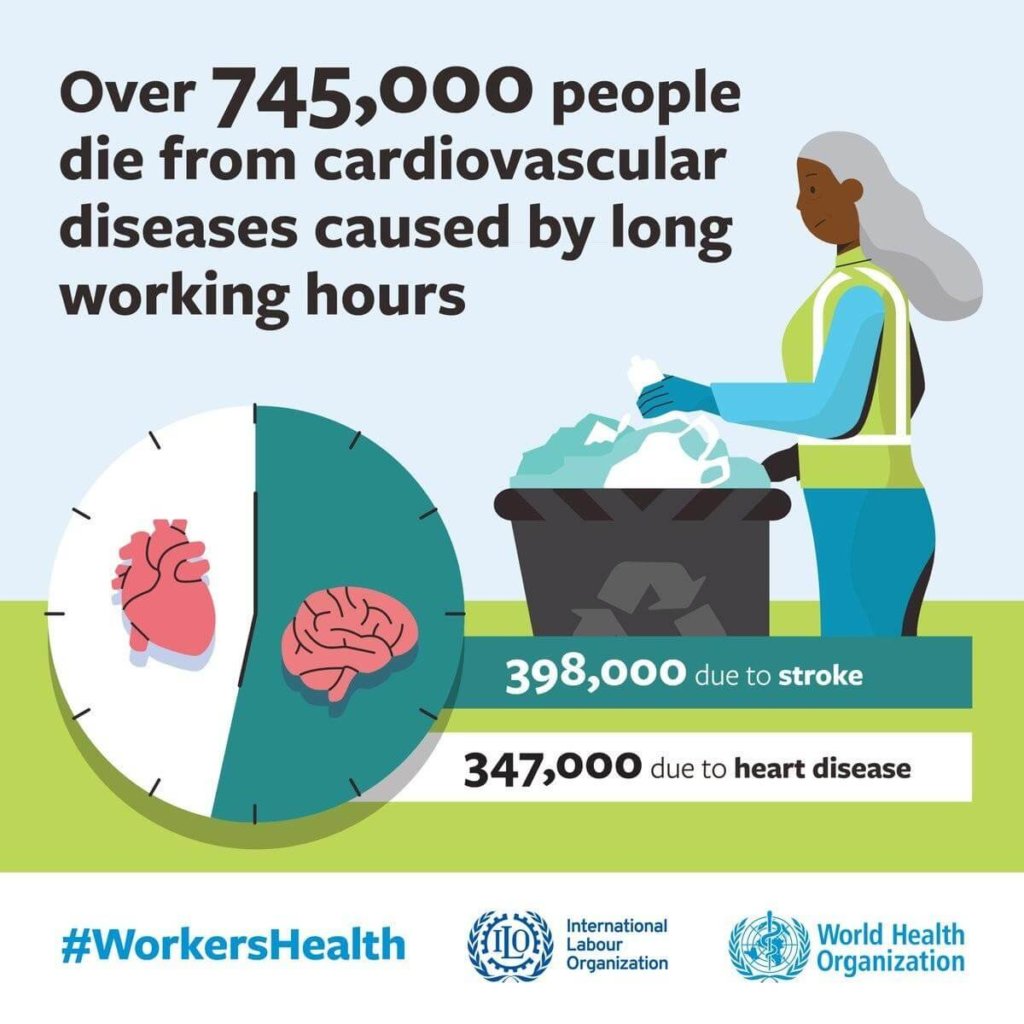
In fact, the state of burnout already has a Japanese term known as “karoshi.” Karoshi, which in its literal translation means “death by overwork,” has been an increasingly concerning phenomenon in Japan due to the fact that karoshi results from both long hours and high levels of stress within a working environment.
The call for legislative action to address karoshi comes from its serious consequences which can include depression, physical exhaustion, and sometimes – tragically – death. While karoshi is most commonly associated with Japanese culture, burnout caused by workplace or academic pressures is experienced around the world.
Levels of Burning Out at Job
Burnout is a multi-layered problem that can be easily understood when broken down into three distinct levels: overwork, exhaustion, and burnout.
Overworked
The first level of burnout begins with overwork. This is when an individual has set their workload too high and is unable to complete their work so that it meets the goals they have set for themselves. People tend to display signs of overwork without feeling exhausted.
This first level of overwork involves working too many hours over a sustained period of time with little respite or breaks
Employees may feel overburdened and overwhelmed, yet they are still able to function and complete their tasks on time. Yet, the levels of fatigue become larger and more evident as time passes, leading to decreased levels of productivity which can be dangerous in both long and short-term situations.
Exhaustion
The next level of burnout is exhaustion, this level is often seen as the bridge between overwork and burnout; it is a period when those affected become overwhelmed due to stress and struggle to find motivation or enjoyment in the tasks they take on.
This is when physical and psychological health effects of over work such as fatigue become more noticeable
As well, fatigue levels reach a peak as the ability to complete tasks becomes increasingly difficult due to a lack of energy. This emotionally-draining level can be identified by fatigue, reduced performance levels, low energy levels, an overall sense of malaise, or feelings of loneliness or depression.
Burnout at Job
The last level of burnout is defined as “a departure from engaged creativity”—meaning a complete depletion in cognitive resources due to prolonged stress and sadness. Burnout can manifest in many forms such as decreased performance and productivity, trouble sleeping or concentrating, negative work attitudes, ill mental health, or even physical illnesses.
Employers should therefore strive to create an environment that reduces risks related to burnout in the workplace. Burnout can be difficult to combat and requires support from employers, friends, and family; however, it cannot be ignored as it can have serious consequences if left unaddressed.
Recognizing BurnOut Symptoms at the Workplace
Burn out symptoms can be tricky to spot, especially in the workplace. Maybe you have asked yourself: Am I burned out? It can be difficult for an employee to take a step back and objectively assess their feelings amidst the hustle and bustle of everyday activities. However, there are some general symptoms to look out for:
- Mild burn out symptoms include forgetfulness or difficulty concentrating, irritability and anxiety, becoming overwhelmed easily, and little pleasure derived from your work.
- Moderate burnout symptoms might be longer episodes of tiredness, a feeling of emptiness or being overworked, a shifting mood such as one moment feeling energized followed by an exhausted feeling, burn out stress taking its toll on physical health such as headaches or chest pains.
- The most serious burn out effects is an overall sense of helplessness when confronted with challenges presented in the workplace and complete apathy towards work-related tasks. Sufferers may also exhibit signs of burnout like extreme pessimism and rumination when attempting to engage in tasks required by the job.
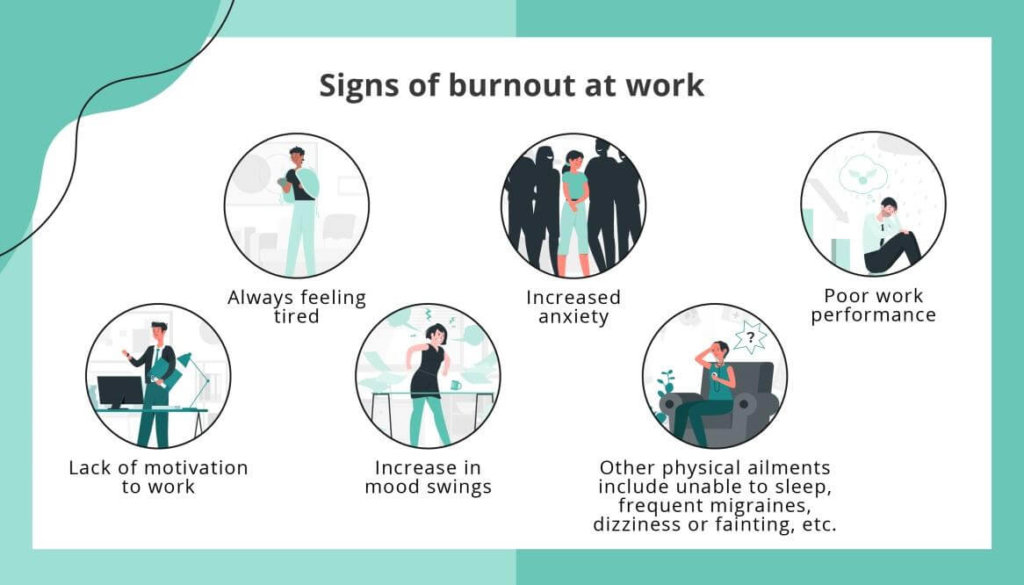
Other symptoms indicating burnout can be heart palpitations, backaches, headaches, muscle pains due to tension in the workplace, social withdrawal from colleagues and friends outside of work, burnout-induced depression, or exhaustion.
Burn out is a serious issue, however, and employers have a responsibility to ensure that burn out does not occur among their staff. By being aware of burn out symptoms in employees, employers are investing in the mental well-being of their staff and creating a safe working environment.
Managing Good Life Balance Work: Tips for Employers and Employees
The key to managing overwork and burnout is implementing a good life balance. This could involve taking breaks when needed, being mindful of work hours, setting realistic goals, engaging in activities that promote relaxation and de-stressing such as yoga or meditation, maintaining healthy eating habits, and getting enough sleep.
Let’s review the best strategies!
Know Your Limits
Or, currently known as “setting boundaries.” Understanding and setting your limits has become increasingly important in managing good life balance work, as modern lives can be incredibly demanding. Taking the time to recognize and respect your energetic capacity is a key component of ensuring maximum effectiveness and efficiency when on the job.
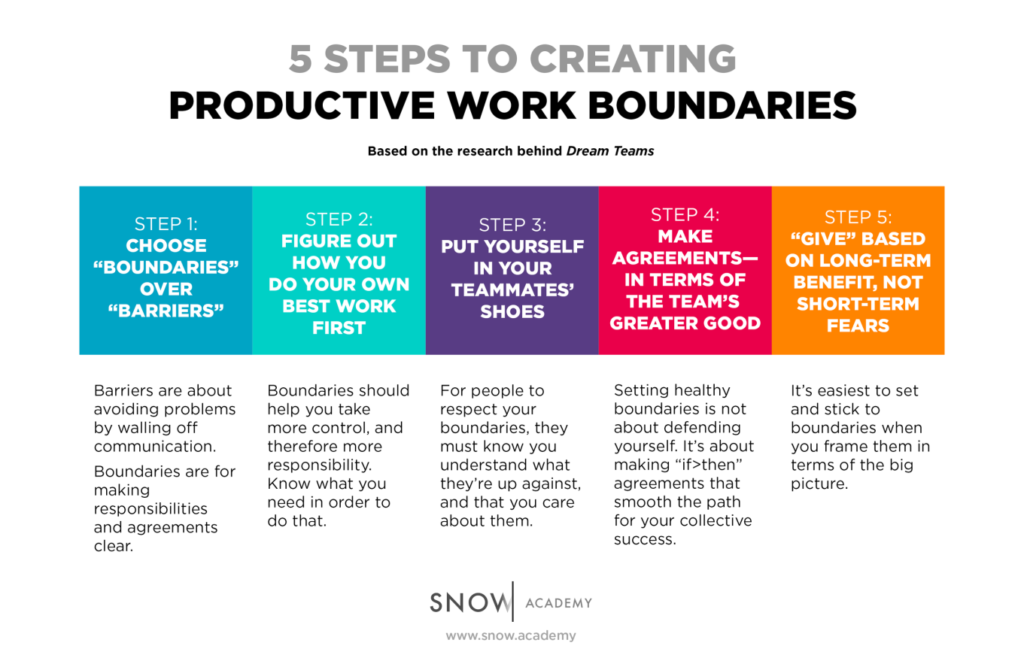
Creating a structure where you are setting appropriate boundaries between working and non-working hours allows for greater productivity and more creative potential by allowing deeper focus for more prolonged amounts of time. Don’t be afraid to communicate boundaries with your boss or staff; know your limits when trying to strike a balance between professional output and personal well-being.
Learn to Say “No”
After you know how much you can take it is time to say no. Learning to say “no” can be immensely beneficial for having a good life balance between work and other commitments. The ability to turn down excessive demands, whether from yourself or your team, not only has the potential of freeing up much-needed time and energy but also allows us to put more effort into the areas where we can make a difference.
Knowing our limits can help us prioritize tasks and make decisions that are beneficial both in the short-term and long term for the company. Acquiring this valuable skill makes it easier to protect ourselves from overloads that can lead to lower productivity, poorer decision-making, and a decline in overall well-being.
Prioritize Tasks
Employers need to prioritize tasks that can not only benefit employees but also yield a positive outcome for their business. Practical steps such as offering flexible working hours or work-from-home days should be encouraged and supported.
The Eisenhower Matrix is a great tool for task prioritization
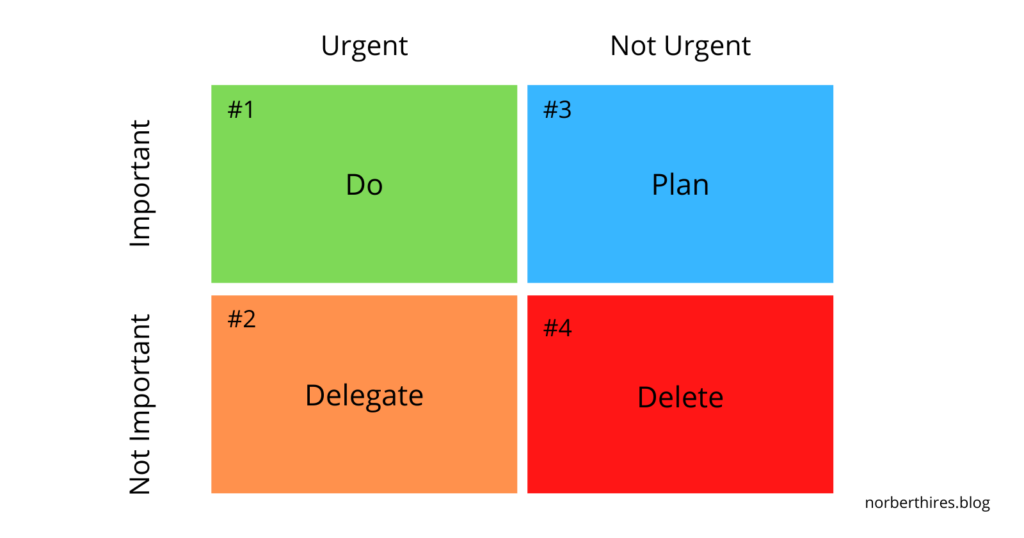
Managers should ensure that employees are moderating their workloads according to their current availability and skill set
Finally, employers need to acknowledge the importance of mental health, recognizing when personnel might require a shift in tasks or additional support when feeling overwhelmed. Working in such an environment will benefit both employers and employees.
Take Regular Breaks
It is important for employers and employees to have systems in place that encourage regular breaks during the day. Taking time out of the normal routine to recharge can positively impact performance and improve mental health. Allowing ample time to step away from tasks helps to reduce stress and fosters creative thinking, leading to better working habits.
According to a survey by Tork®, an Essity brand and a global leader in workplace hygiene, 94% of employees agree that taking regular breaks makes them happy!

Additionally, those who take breaks benefit from improved sleep patterns, reducing fatigue throughout the day. Companies that invest in establishing a comfortable balance between work and personal time will find that their employees are more productive, engaged, and overall satisfied with their job.
Exercise
Exercise is an investment that employers and employees can make together in order to promote a healthy workplace. Exercise can help improve concentration, reduce stress, increase energy levels, boost morale, and even enhance cognitive function – all of which are key ingredients for productivity.

Furthermore, exercise encourages collaboration amongst employees as they join in on different fitness activities which can provide a break away from their digital devices. Therefore, employers should consider fostering wellness programs or gym memberships for their employees to create a well-rounded working environment of mental and physical well-being.
Connect With Others
We are no longer thinking that our workplaces are separate spaces from our lives. Now, we are increasingly encouraging our staff to engage in social activities that don’t involve work. Whether it’s a team lunch or casual gatherings over coffee, connecting with your work team is crucial.
Employers can keep their talent engaged and on board while employees get a chance to stay productive while having fulfilling lives outside of work. A major part of achieving such a balance lies in connecting with others – having strong relationships between colleagues and teams as well as networking with industry professionals helps all parties feel like there’s a sense of community that fosters support and synergy.

Promoting connection helps build understanding and trust, creating more open communication channels, which in turn helps create the best working environment for employers who wish to retain their staff, as well as employees who look forward to a job they can thrive on.
Burnout Vs. Stress: Spot the Difference
Burnout and stress are two terms that are sometimes used interchangeably, but there is actually a significant difference between them.
- Burnout is a condition where someone has become so overwhelmed by the demands of their job or other obligations that they start to burn out and lose motivation or the energy to complete tasks.
- Stress, on the other hand, is usually short-term and can be caused by activities like an impending deadline or high workload. Stress can sometimes lead to burnout if not managed properly, but burnout requires sustained periods of stress over time before it develops.

Knowing the difference between burnout and stress is important for recognizing when you need to take a break or take steps to manage your workload more effectively. By creating a healthy work-life balance, overworked employees can avoid burnout and remain productive.
Takeaway
It’s important to remember that overworking can lead to burnout, and taking regular breaks and establishing proper boundaries are essential for employees to be both productive and healthy. Employers should consider implementing a wellness program to boost their team morale, productivity, and overall performance.
Additionally, ensuring a good work-life balance and fostering relationships between employees can help create a supportive environment that ultimately helps them to be productive. Knowing the difference between burnout and stress is important to recognize when you need to step away from a situation or take steps to manage your workload more effectively.
At Monitask, we are committed to helping you thrive either if you are an employee or an employer, keep checking our blog post archive for more content like this one!
-The Monitask Team
